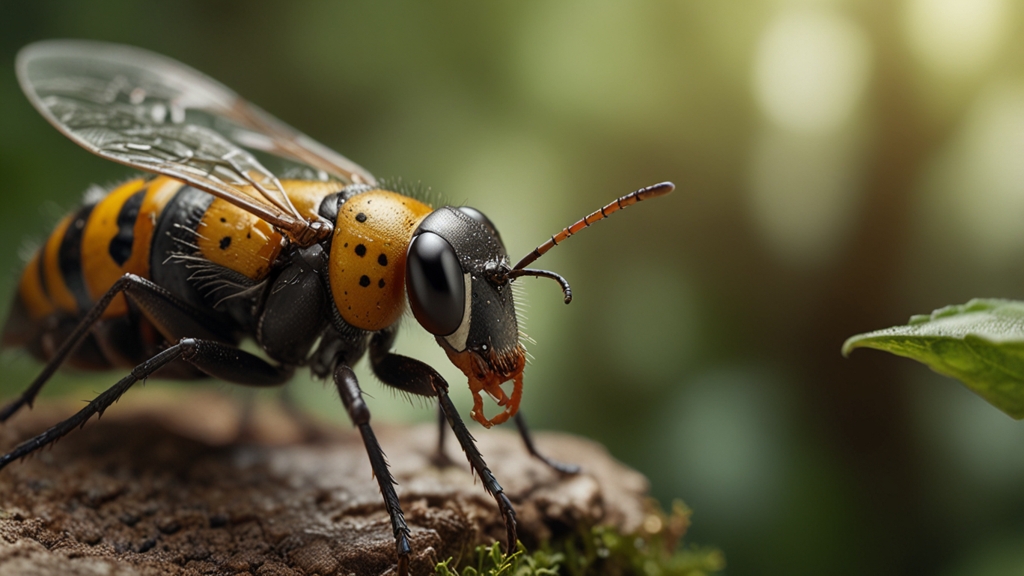The Mysterious Communication of Reptiles: Do They Have a Language?
Reptiles have long fascinated scientists and laypeople alike, not just for their ancient lineage and diverse forms, but also for their mysterious ways of communication. These cold-blooded creatures, ranging from tiny geckos to gigantic crocodiles, inhabit almost every corner of the globe. But how do they communicate with one another? And could this communication be considered a "language" in any traditional sense?
Visual Signals: The Most Common Method
Visual signals are perhaps the most well-documented form of reptilian communication. Numerous species use color changes, body postures, and even elaborate dances to send messages to others of their kind. For instance, chameleons are renowned for their ability to change color, a trait used not just for camouflage but also as a means of social interaction.
"Chameleons communicate with other chameleons by changing their body colors. The color changes can indicate various intentions such as attracting mates, signifying submission, or warding off predators."
Similarly, male Anole lizards perform push-up displays and extend a colorful throat fan called a dewlap to assert dominance or attract a female. These visual cues are crucial for survival and reproduction, making them fundamental elements of reptilian interaction.
Auditory Signals: Hisses, Grunts, and More
While reptiles are generally quieter than birds or mammals, they do produce a range of sounds. Crocodiles and alligators are particularly vocal, using hisses, grunts, and even roars to communicate. Baby crocodiles emit high-pitched cries to signal distress, prompting immediate responses from their protective mothers.
"The sounds produced by reptiles might not be as intricate as bird songs or mammalian calls, but they still serve essential functions in mating, territory defense, and alarm signaling."
Gekkonid lizards, or geckos, are another exception to reptilian silence. These small lizards communicate via clicks, growls, and other vocalizations. Researchers believe that these sounds help maintain social structures within species and may even contain information about individual identity.
Chemical Signals: Unseen but Powerful
Chemical communication through pheromones is a less visible but equally important method in the reptilian world. Many species utilize scent glands to mark their territory or signal reproductive readiness. For example, snakes follow pheromone trails to locate potential mates, and some lizards secrete chemicals to warn off rivals.
These chemical messages are particularly effective as they can travel long distances and linger over time, providing a continuous signal to other reptiles in the vicinity. Despite being challenging to study, the role of chemical communication is crucial for understanding the complex social interactions of reptiles.
Physical Communication: Touch and Vibration
In addition to visual, auditory, and chemical signals, some reptiles use physical touch and vibrations as a means of communication. This is particularly evident in snakes and some lizards. Snakes often use tactile signals during courtship, where a male might rub against a female to signify his interest.
Ground-dwelling reptiles, like certain species of sand-dwelling lizards, can detect vibrations in the substrate to sense the presence of other animals. These vibrations can sometimes serve as warnings or signals to potential mates.
Do Reptiles Have a Language?
The concept of "language" typically involves a structured system of communication that includes syntax, semantics, and the ability to convey abstract concepts. By this definition, it is unlikely that reptiles possess a language in the same way humans do. However, their methods of communication are highly effective for their ecological needs.
Reptilian communication, while not a language per se, is rich and varied. It incorporates multiple channels—visual, auditory, chemical, and physical—to relay a range of messages essential for survival and reproduction.
In conclusion, reptiles may not have a "language" in the human sense, but they undoubtedly possess a sophisticated system of communication. Future research may unravel even more fascinating aspects of how these ancient creatures interact with their world and each other.










